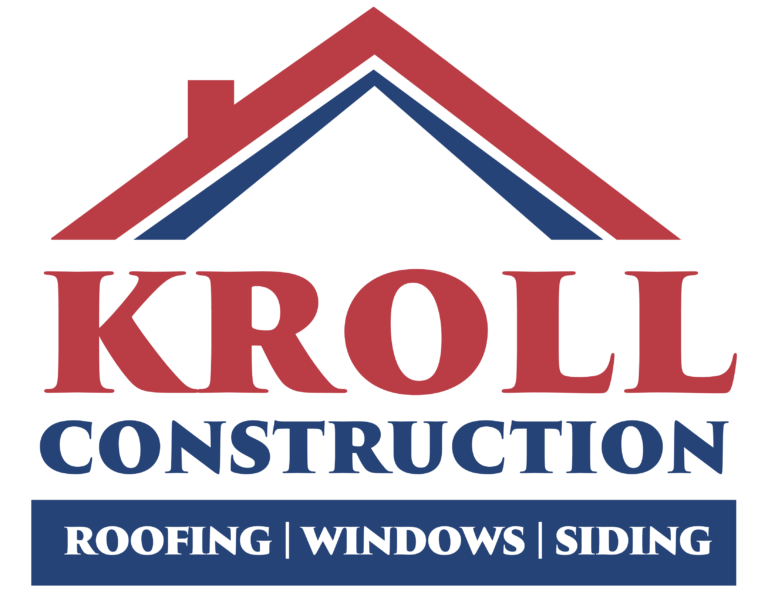House Wrapping: What and Why?
Most siding materials aren’t completely water-resistant, especially when it comes to wind-driven rain. In this case, house wrapping is the best way to proceed during a siding project. House wrap is a fabric, paper or board material that protects the wall structure by covering the outer sheathing of the house walls. It is used to shed water that collects behind the siding and prevents it from entering the wall cavity. Since water vapor may travel through house wrap, it also allows water vapor to escape to the outside of the shielded structure. House wrap comes in a variety of styles, and replacement windows expert Kroll Construction is here to tell you some of them!

Why Is House Wrap Needed?
Technically, house wrap is a sort of water-resistive barrier or WRB. The goal of applying house wrap is to keep moisture from the outside from getting into the wall cavity. Contrary to popular opinion, house wrap is not usually used as an air barrier to keep cold air out of wall cavities. In fact, only a few unique types of WRBs are designed to do so, and they must be fitted carefully to ensure a reliable air barrier.
While house wrap is water-resistant, it is rarely completely impervious or waterproof, and this is for good reason. Moisture-laden air can enter a wall cavity from both inside and outside the home, just as rain and wet air can enter from the outside. If a house wrap is impermeable, it can retain this moisture inside the wall cavities and spread within those spaces, causing rot and mold growth. If this happens, wooden parts of your siding and other adjacent parts like doors and windows will also be affected, causing you to spend money on replacement windows and doors.
Types of House Wrap
The original WRB was made of asphalt-impregnated felt paper, often known as “tar paper,” which is commonly used as a roof shingle underlayment. Though nowadays, WRBs made of plastic fabric, such as Tyvek, are now commonly referred to as “house wrap.”
- Asphalt felt (tar paper): Type 1 felt that meets ASTM D 226 criteria is the standard requirement for most projects.
- Grade D building paper: This house wrap is typically used under stucco siding and is made of asphalt-impregnated kraft paper.
- Polyolefin fabric: House wraps that are labeled “plastic” are often constructed of woven polyethylene or polypropylene fibers.
- Liquid WRB: These tar-like solutions can be used as an air barrier and are applied with a paint roller or spray equipment.
- WRB sheathing: Sheathing panels constructed of oriented strand board (OSB) with specific coatings can be used as both sheathing and WRB, with all panel seams sealed with the manufacturer’s tape during installation.
- Rigid foam: If correctly sealed, some forms of rigid foam insulation board can be used as a WRB.
Contact Us!
Need a windows installation team to handle your window replacement? Kroll Construction is a contractor that is focused on providing quality home improvement choices in an industry that is unfortunately rife with poor services. Since 1961, no other local roofing contractor, siding company, replacement window installer, or remodeling contractor offers the wide scope of services that we provide. The depth and breadth of services we provide assure every client that they can rely on a single company for all their home improvement needs!
For any inquiries, contact us through (888) 338-6340 or fill out our contact form to request an estimate. We proudly serve clients and homeowners in Detroit, MI.

